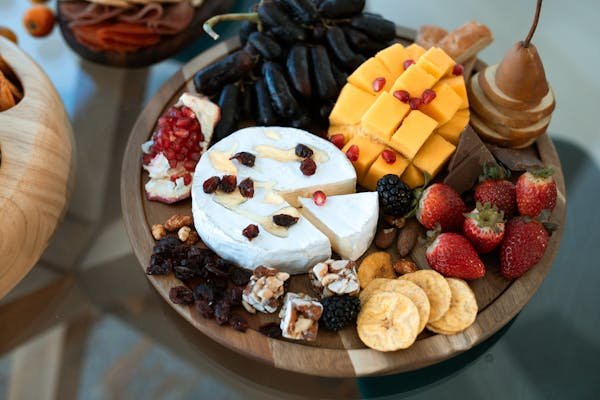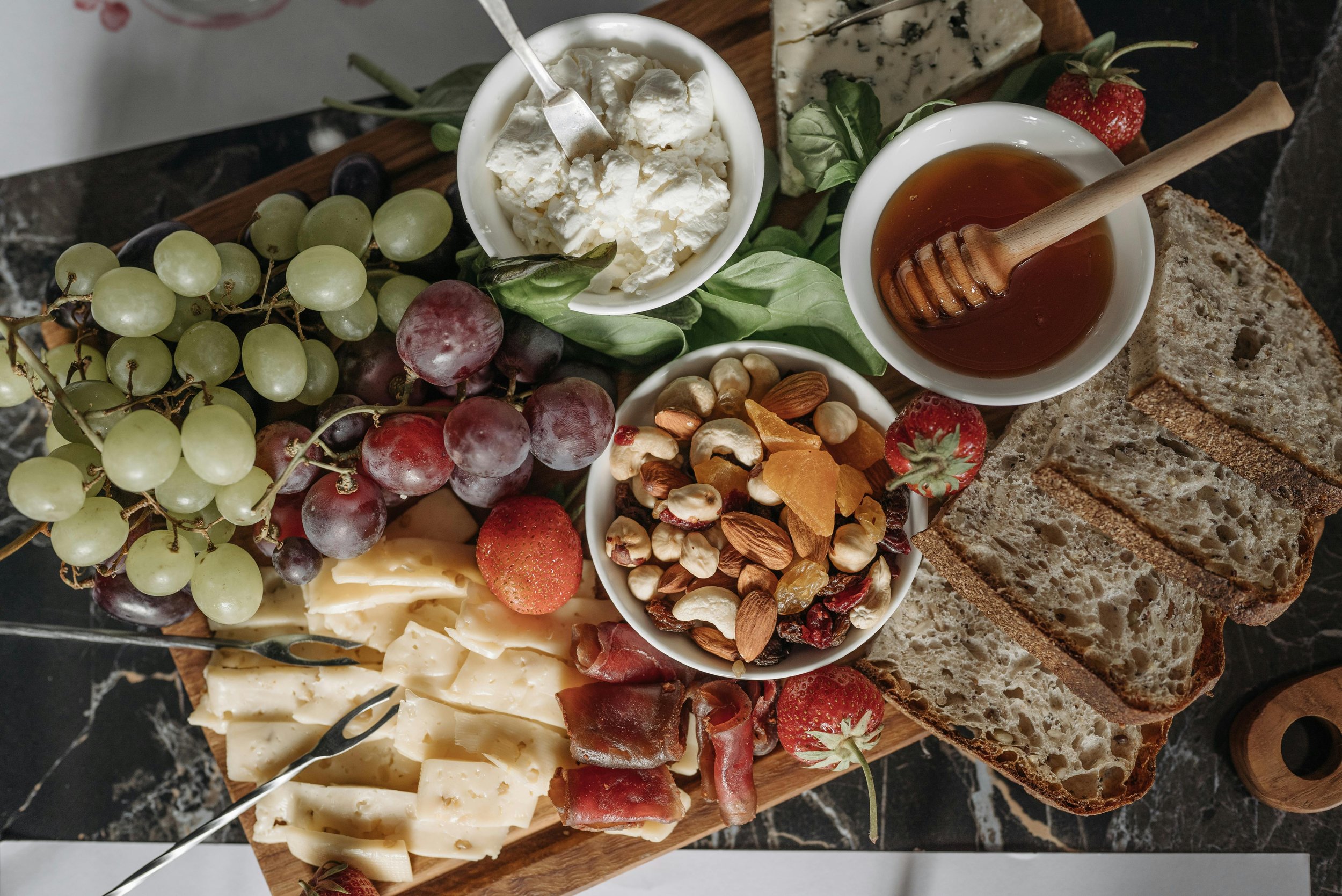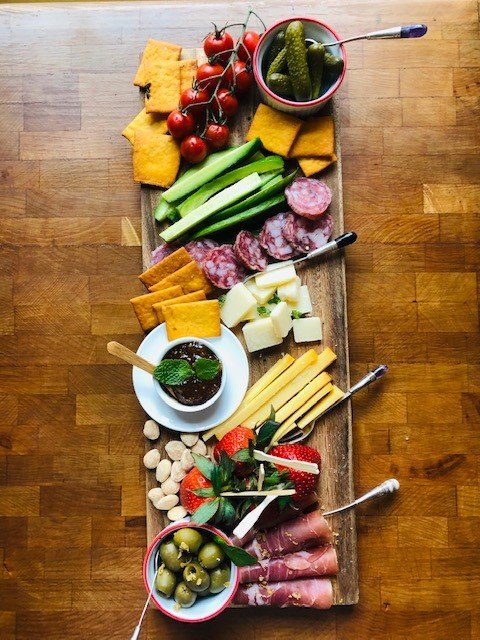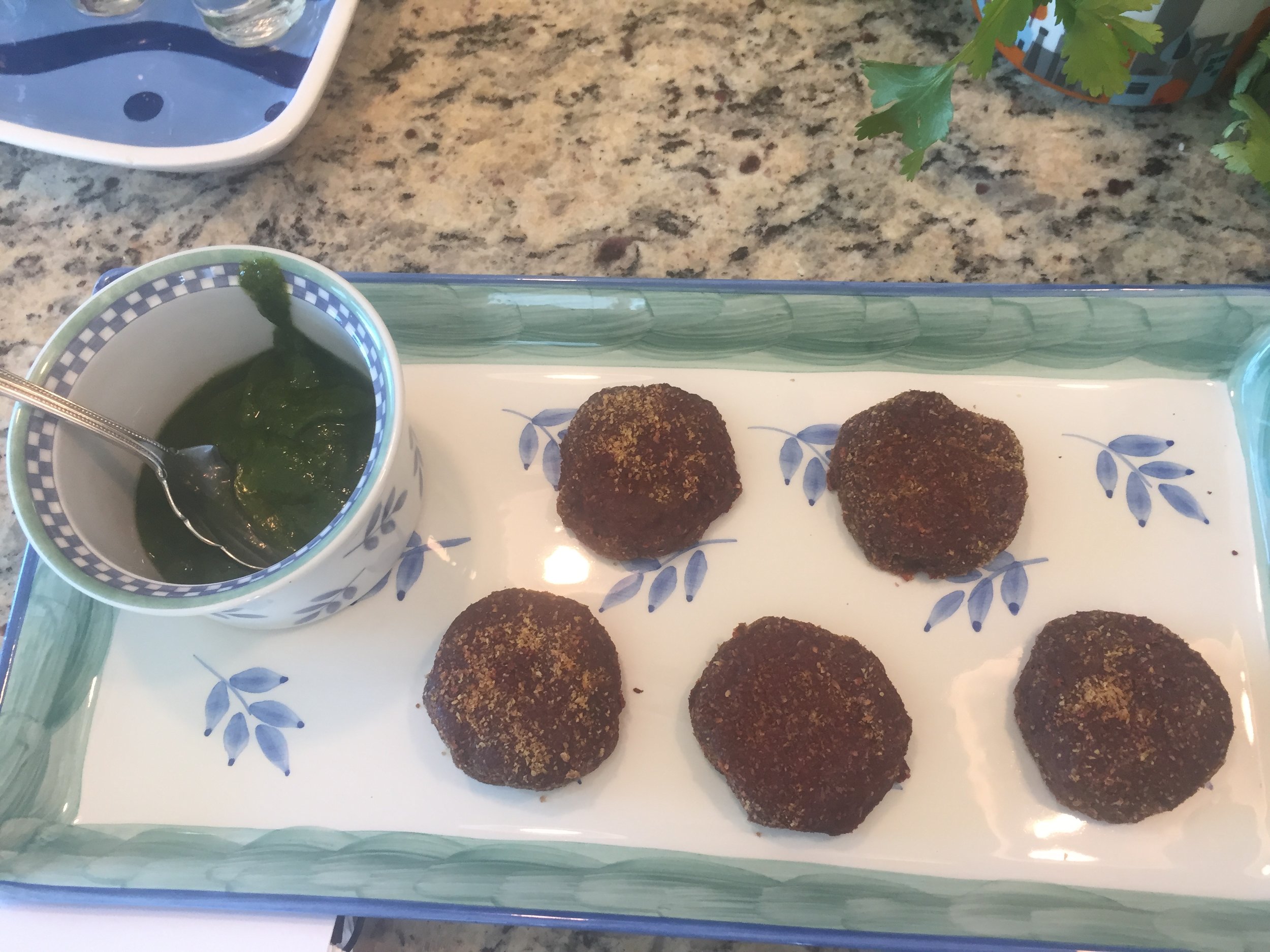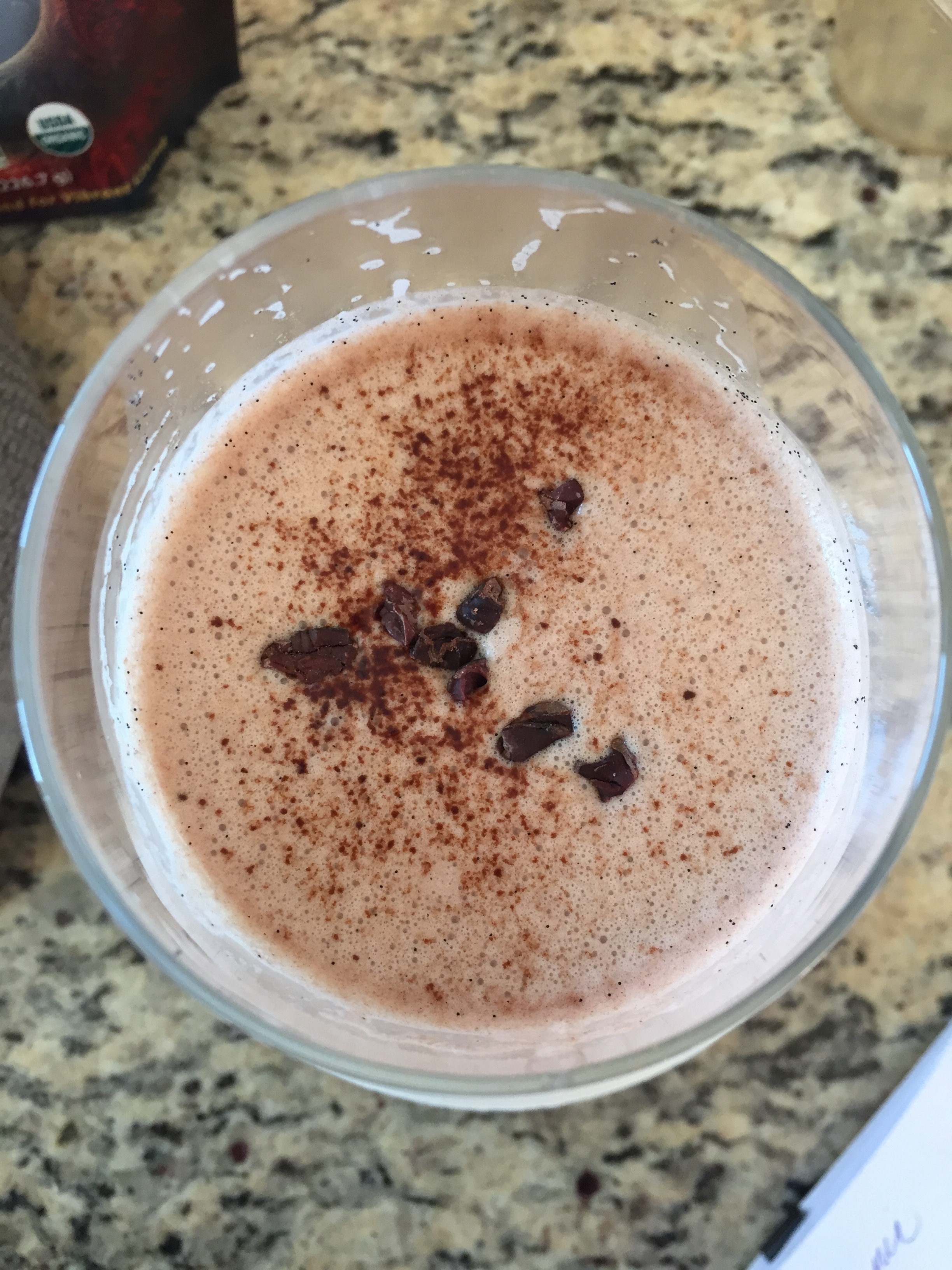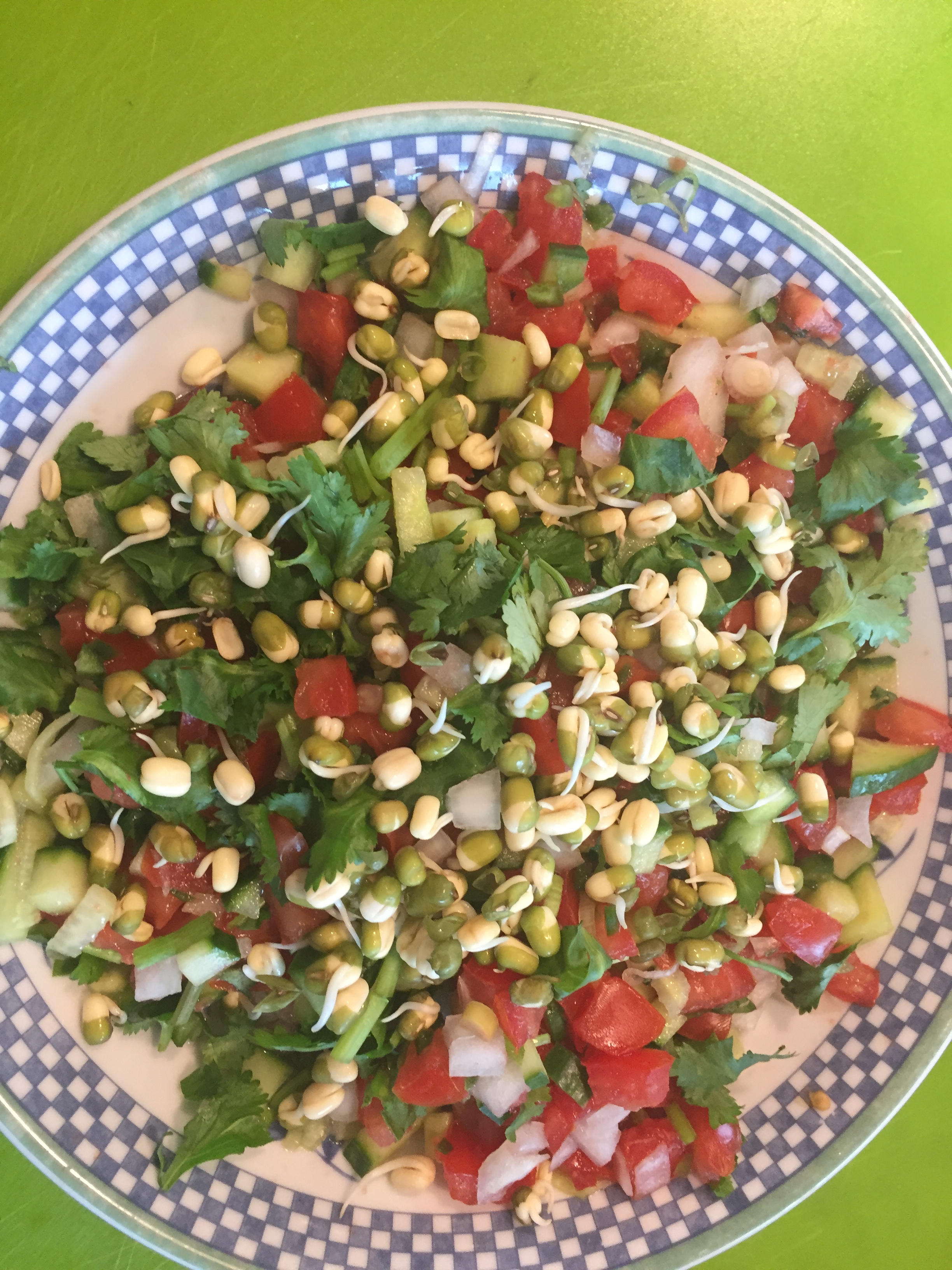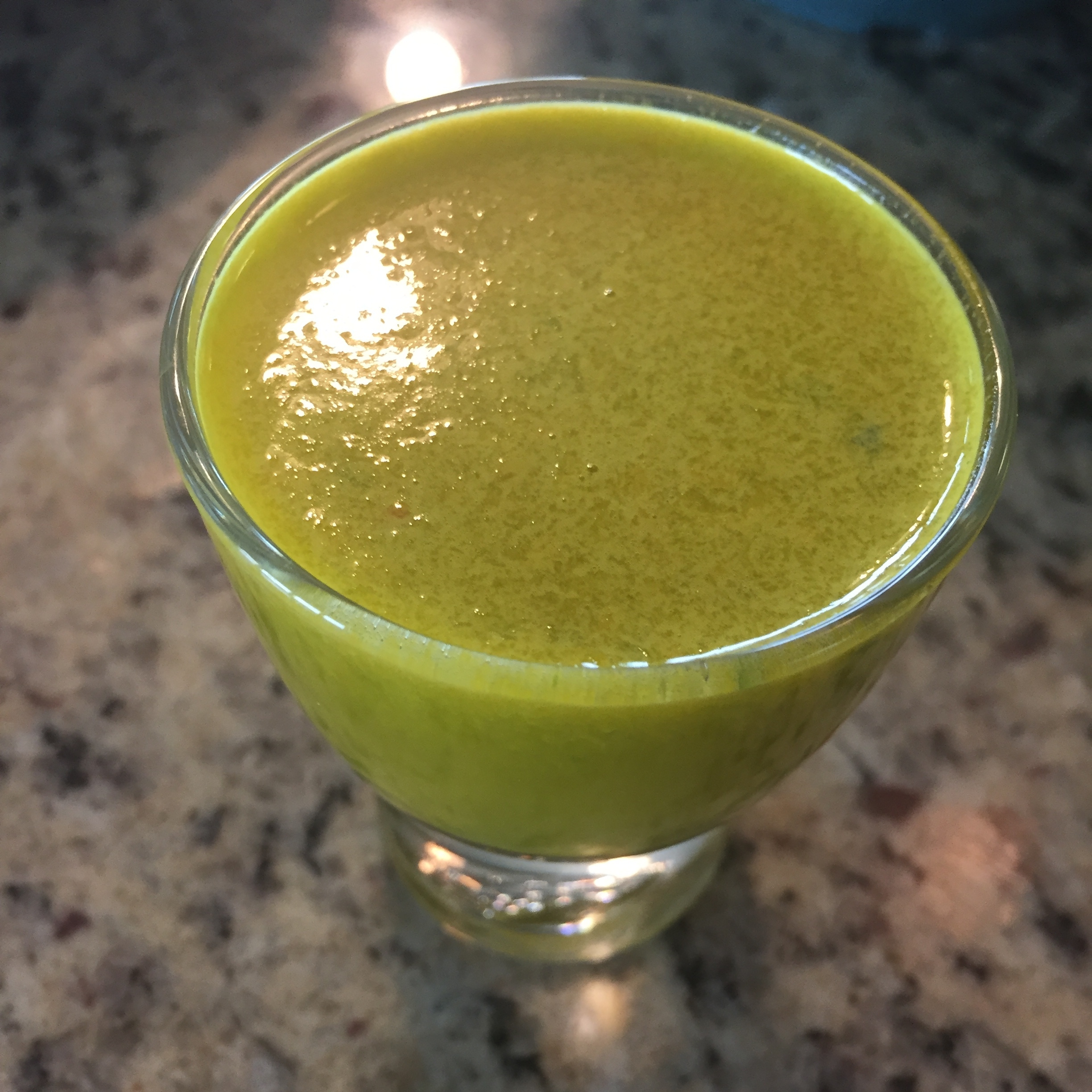“I like the taste of herbs and spices, but I’m not sure what the difference is or how to best use them?”
Chefs and home cooks add herbs and spices for aroma, color, flavor, and texture to both food and beverages. Understanding the difference between them, how to use each or combine the two makes it easy to turn food into a feast!
Herbs-from Latin-herbe-grass, herbs are mostly green, fresh leaves from seed-bearing plants, originating from a temperate climate. Basil, lavender, marjoram, mint, oregano, parsley, and rosemary are commonly used herbs. Herbs add delicate, layered, and nuanced flavors to food. As a garnish, herbs are the final touch to make a dish look appealing, herbs are also used in natural medicinal and therapeutic remedies.
Spices-from Latin-specie-something of special value, spices are flavor packed dried plant bark, flowers, fruits, roots, and dried seeds usually native to warmer climates. Cinnamon, cloves, cumin, ginger, nutmeg, black pepper, turmeric, and vanilla are commonly used spices. Aromatically more pungent and stronger than herbs, spices add bold flavor and bright color to food.
Multifunctional, some plants are both an herb and a spice. Cilantro leaves are used as herbs while the seeds called coriander, are spices. Leaves from the dill plant are herbs while their seeds spices.
Use herbs and spices according to how food is prepared or cooked
Herbs can be added at the end of cooking or right before serving to enhance subtle flavors. Finely chopping or slicing herbs releases their aromas. If adding herbs to uncooked dishes, dressings, marinades, or sauces, blend the herbs with other the ingredients one or two hours to let the flavors fully mingle.
Thanks to their composition, spices tolerate high heat well. Like salt and pepper, they can be added at the beginning of the cooking process. Determine if a dish calls for a specific taste (spicy or sweet etc.), when combined with other ingredients, then choose the appropriate spice. Add spices in limited amounts, starting with half to one teaspoon to a dish.
Better Together
Herbs and spices used together are considered a seasoning. The best of both herbs and spices, with an extended shelf life, seasonings are dried, measured, blended, then ground coarsely or fine in a correct balance so one does not overpower the others. Common in Asian, Caribbean, French, Indian, Italian, and Mexican cuisines, seasonings add aroma, taste, and texture to food creating a true symphony of flavors! The health and taste benefits of using seasonings are numerous. Become familiar with seasonings by starting with measured increments, tasting, and adding as you prepare food or a dish. Replace 1 tablespoon of fresh herbs and spices with 1 teaspoon of dried herb & spice seasoning and refer to the recipe for substitutions. Do not keep seasonings on the counter or on top or near the stove. Store them in a cool, dark, and dry place within easy reach such a refrigerator or in the pantry.

